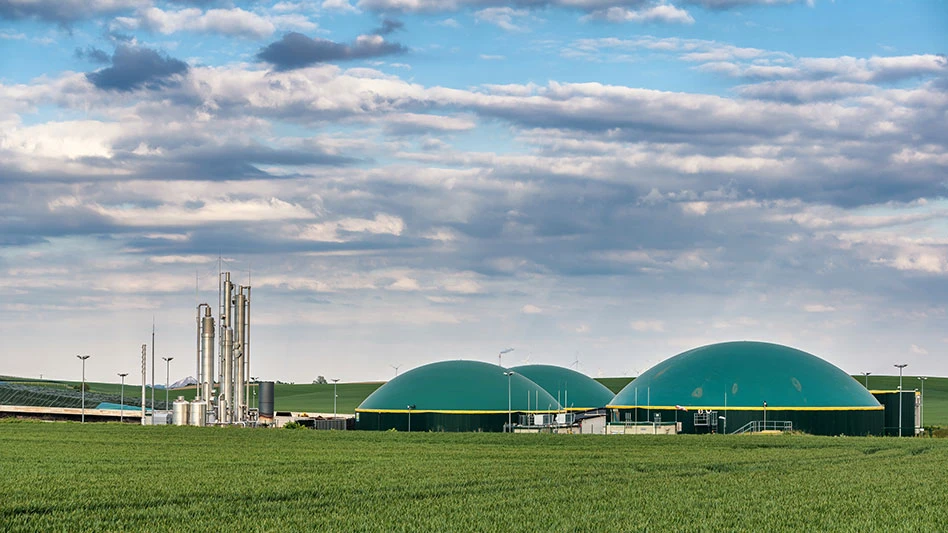
According to a study published in Chemosphere, scientists at the Environmental Working Group (EWG), Washington, D.C., have concluded that burning, discarding and flushing waste containing the toxic fluorinated chemicals known as PFAS all contribute to environmental contamination.
The three standard practices for waste management outlined in the review, such as landfilling, wastewater treatment and incineration, have been found to not effectively contain or destroy PFAS.
“The three common ‘disposal’ options for getting rid of PFAS do not eliminate these contaminants but rather end up just returning either the same chemicals or their byproducts back into the environment,” said Tasha Stoiber, EWG senior scientist and primary author of the study, in a release. “PFAS disposal is really just another step in the contamination cycle.”
Communities with contaminated water supplies increasingly look to PFAS treatment technologies, but every technology produces PFAS-laden waste. With current disposal options, the concentrated PFAS likely returns to the environment, to require removal once more. As the need to dispose of this waste grows, handling of PFAS waste at disposal sites has received more scrutiny.
PFAS are discharged by industrial facilities, released by airports and military bases using PFAS-containing firefighting foams, and sent to landfills or flushed down drains following their use in a multitude of consumer products. In the absence of federal regulations, PFAS receive no special treatment during the disposal process.
“The disposal of PFAS can cause environmental pollution, which disproportionately affects people and communities near the waste disposal sites,” said Olga Naidenko, vice president for science investigations at EWG. “States, the EPA and waste management companies must take strong action to protect fence-line communities from harmful exposures to PFAS.”
The paper concludes with six measures for addressing the PFAS problem:
- Limiting the use of PFAS to essential applications in order to reduce industrial discharges.
- Protecting the health of fence-line communities through strong public health policies.
- Capturing all liquid wastes from landfills and keeping them on site.
- Monitoring PFAS contamination at and near disposal sites.
- Researching PFAS incineration to address current data gaps.
- Researching advanced remediation technologies to generate new waste management solutions.
Latest from Waste Today
- ASAP Marketplace launches the Dumpster Debris Calculator
- Yanmar Compact Equipment North America appoints new president
- Plum Creek Environmental acquires Custom Installation LLC
- Avis introduces Harris American Co.
- Landfill Insights: The science of landfill compaction
- Project Canary, Sniffer Robotics partner to develop methane emissions monitoring tools
- Montauk Renewables breaks ground on Tulsa RNG project
- Meridian Waste donates $50K to community organizations






